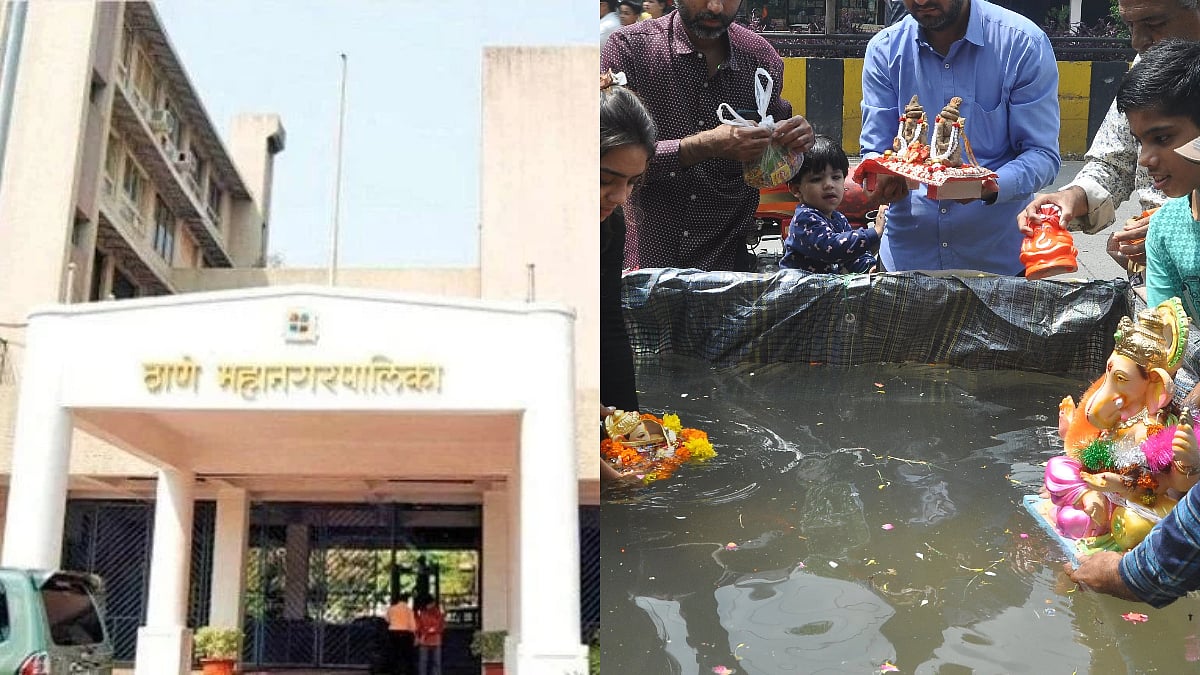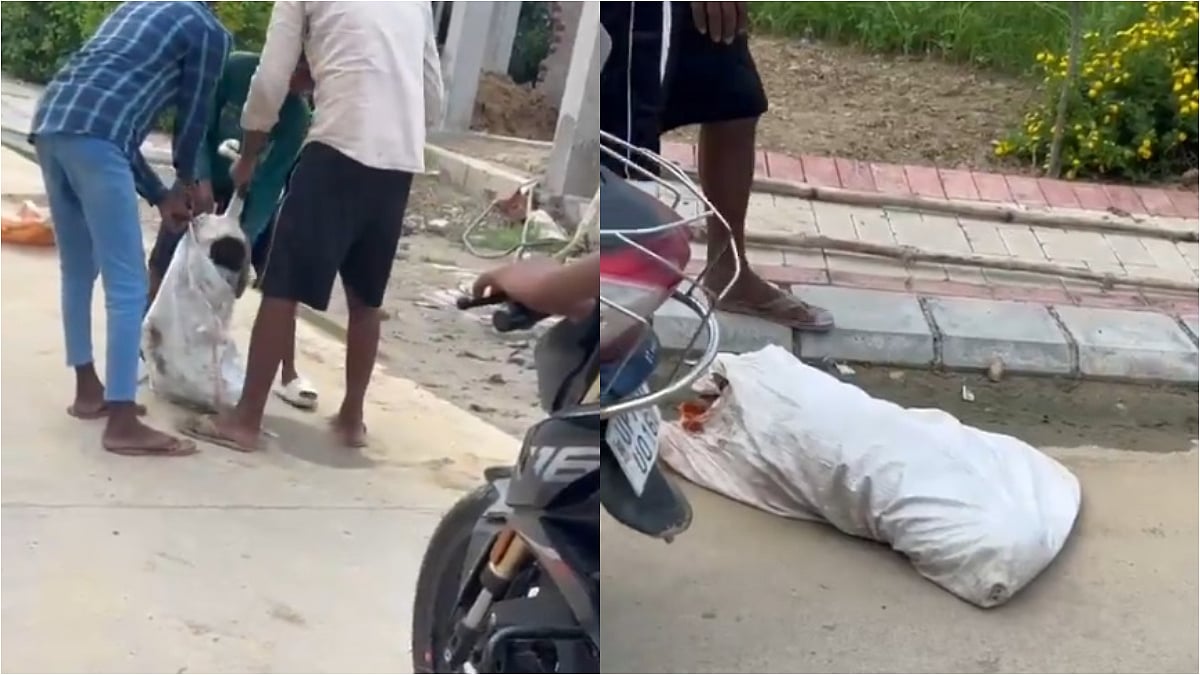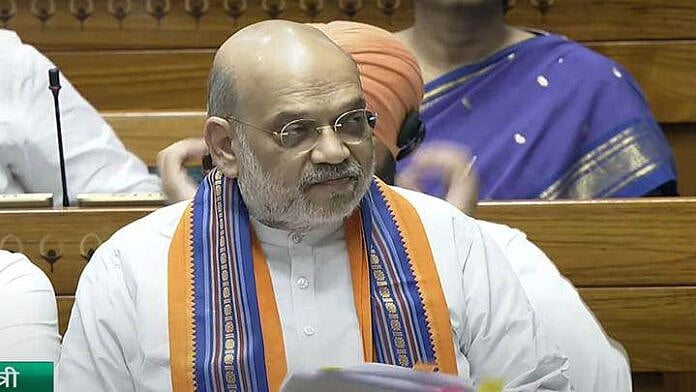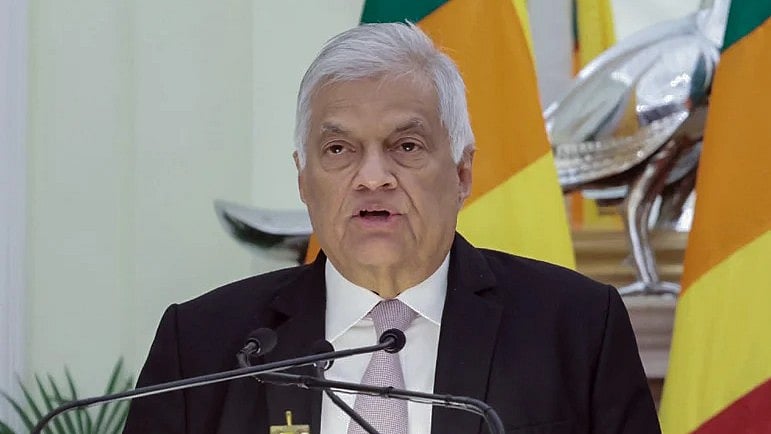One of the issues which hasn’t got due attention during the pandemic is elder abuse; the neglect or ill-treatment of old people by their children or caregivers. In the first wave itself, 71 per cent of the elderly in India said that maltreatment had increased, found a study by Agewell Foundation, a not-for-profit organisation.
One of the horror stories reported last August was that of Mahender Kaur, 80, who was rescued from a pit in Muktsar, Punjab, only to die in two days; she had maggots on her head. While one of her two sons is a local politician, the other works with the excise department. Mahender Kaur’s granddaughter is a Punjab civil services officer.
According to the 2011 census, the elderly make up 8.6 per cent of the total population and experts predict that this could rise to 20 per cent by 2050. At this rate, India will overtake China in terms of the number of elderly in the country.
World Elder Abuse Awareness Day
The World Health Organisation observes June 15 as World Elder Abuse Awareness Day and defines it as "a single, or repeated act, or lack of appropriate action, occurring within any relationship where there is an expectation of trust which causes harm or distress to an older person". One in six older people worldwide experience some form of abuse.
Elder abuse is widely prevalent in Indian society but the pandemic has increased the incidence. Not only are the elderly isolated and shunned because they more susceptible to the virus, they are also seen as expendable.
The most common ways of elder abuse are disrespect and verbal abuse, silent treatment (not talking to them), ignoring their daily needs, denying proper food or medical treatment, siphoning of their funds, physical and emotional violence and forcing them to work.
Inside and outside home
According to a 2017 survey conducted across 19 cities by HelpAge India, another non-profit organisation, nearly 50 per cent elders face abuse at home while 44 per cent experience it in public places. Many silently suffer shabby treatment on a daily basis at the hands of their children for fear that the abuse may increase if they speak up.
Even when they complain, the system takes ages to respond, as in the recently reported case of Marine Drive resident Mansoor Jaliwala. The 85-year-old knocked on the doors of several authorities in the last three years before petitioning the Bombay High Court, which directed his 50-year-old son to leave his father’s house to allow him to live in peace.
The son’s lawyer asked what proof was there that he misbehaved with his father, at which the HC retorted, “What proof is expected from any old, feeble and helpless parent whose child ill-treats and misbehaves with him within the four corners of their house?” The HC also cited the example of Shravan Kumar of the scriptures and lamented the rise in the number of cases where aged parents had to petition the courts.
In the HelpAge survey of 2015, ‘Property and Inheritance Disputes’ emerged as the main reason for abuse at 53 per cent. The Mansoor Jaliwala case too is about property, with the son fearing that his sister would usurp the tenancy once he was out of the house.
Grand Paradi case
Mumbai’s own horror story here is the Grand Paradi case. On June 14, 1998, the aged parents of diamond trader Balkrishna Dalal jumped to their deaths from the eighth floor of the upscale building in Kemps Corner. In the old man’s pocket was a note blaming son Balkrishna and daughter-in-law Sonal for harassment and abuse. The sprawling flat, registered in the parents’ names, was suspected to be the cause of the harassment.
According to census 2011, almost 15 million elderly Indians live all alone and close to three-fourths of them are women. The life expectancy in India is 69 years while that of China is 76 years. However, gerontology, the study of the aged population, is still in its nascent stages in the country, which means that there aren’t enough doctors who specialise in elder care.
Elder abuse is captured beautifully in the 2003 Hindi film Baghbaan starring Amitabh Bachchan and Hema Malini. They play an elderly couple who are separated by their uncaring, selfish kids on the pretext that one family can’t afford to take care of both of them.
Stan Swamy, 84, in Taloja Jail
India has the Maintenance and Welfare of Parents and Senior Citizens Act, 2007, but the HelpAge survey of 2014 showed that only 0.5 per cent elderly in Mumbai availed of benefits under it. The Act states children and heirs are legally obliged to provide maintenance to their parents in the form of monthly allowance. The National Programme for Healthcare of Elderly, launched in 2010, also remains largely on paper. Our attitude towards the elderly is evident from the way the 84-year-old Jesuit priest Stan Swamy was denied basic medical facilities in Taloja Jail.
Experts say that Indian society needs to be sensitised to ageing and related issues so that they are physically and financially fit, and open to reskilling themselves.
This is echoed in the Economic Survey 2018-‘19 which urges policy-makers to prepare for ageing. “This will need investments in health care as well as a plan for increasing the retirement age in a phased manner,” says the survey.
Re-skilling seniors
Many older people have to seriously think about re-skilling themselves at 60, and start a second career once they retire to sustain their lives. However, most government-driven skill development programmes target people between the ages of 18-40.
One such effort at sensitisation is the book, ‘Health and Well Being in Late Life’ by Dr Prasun Chatterjee of the Department of Geriatrics, All India Institute of Medical Sciences (AIIMS). The book also shows how old age-related problems can be positively tackled through clinical and non-clinical means.
On their part, the elderly must learn how to adapt to the changing times, (digital literacy, etc) and learn to cope with the challenges of modern lifestyle. Instead of spending their life savings on their kids’ marriages and blindly handing over all their wealth to the children, they must learn to invest in themselves, take care of their health and save for their retirement.
As Vijaypat Singhania, once among the wealthiest men in India, who now lives in a rented house, rues: “Love your children and care for them, but don’t love them so much that you are blinded.”
The writer is an independent journalist based in Mumbai. He welcomes feedback on anilsinghjournalist@gmailcom










